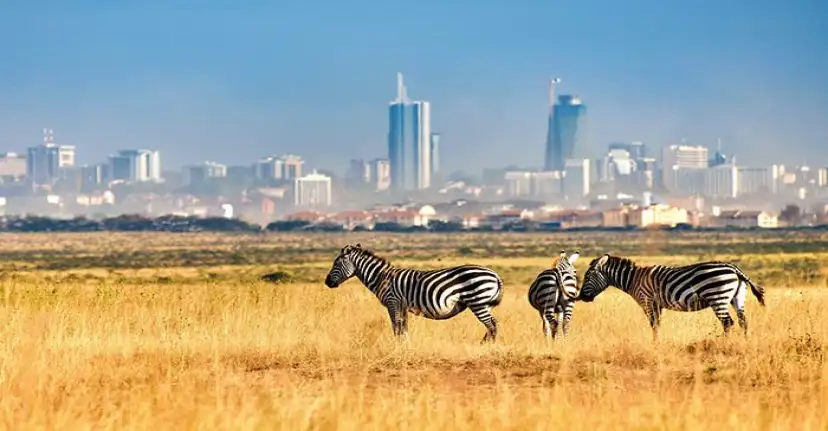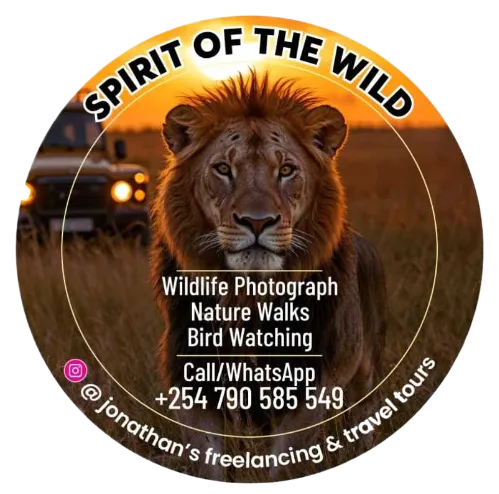Loading

Location: Just 7 km south of Nairobi, Kenya.
Size: 117 km² (45 sq mi).
Established: 1946, making it Kenya’s first national park.
Unique Feature: Proximity to a major city while hosting diverse wildlife.
Originally part of the Southern Game Reserve.
Conservationist Mervyn Cowie played a key role in its establishment.
In 1989, President Moi burned ivory in the park to promote wildlife conservation.
Recent event: A fatal plane crash occurred in March 2024.
Part of the Athi-Kapiti ecosystem, though it covers less than 10% of it.
Fenced on three sides; the southern boundary is open to allow wildlife migration.
Habitats include grasslands, riverine forests, rocky valleys, and dry highland forest.
Dominated by open grass plains and scattered acacia.
Unique plant species grow on rocky hillsides.
Riverine and highland forests host diverse tree species.
Home to lions, leopards, rhinos, giraffes, zebras, elephants, and over 500 bird species.
Seasonal migration of herbivores like wildebeest and zebra through the Kitengela corridor.
Hosts the David Sheldrick Wildlife Trust for orphaned elephants and rhinos.
Threats include urban expansion, pollution, fencing, and habitat fragmentation.
Human-wildlife conflict due to proximity to Nairobi.
Maasai land privatization affects migration routes.
Conservation efforts include community engagement and landowner associations.
Major attraction for Nairobi residents and tourists.
Features include the Ivory Burning Site Monument, Safari Walk, and animal orphanage.
Educational programs for schools and local communities.

https://spiritofthewild.org
Install Progressive Web Application
This site has an app functionality. Install it on your device for extensive experience and easy access.


